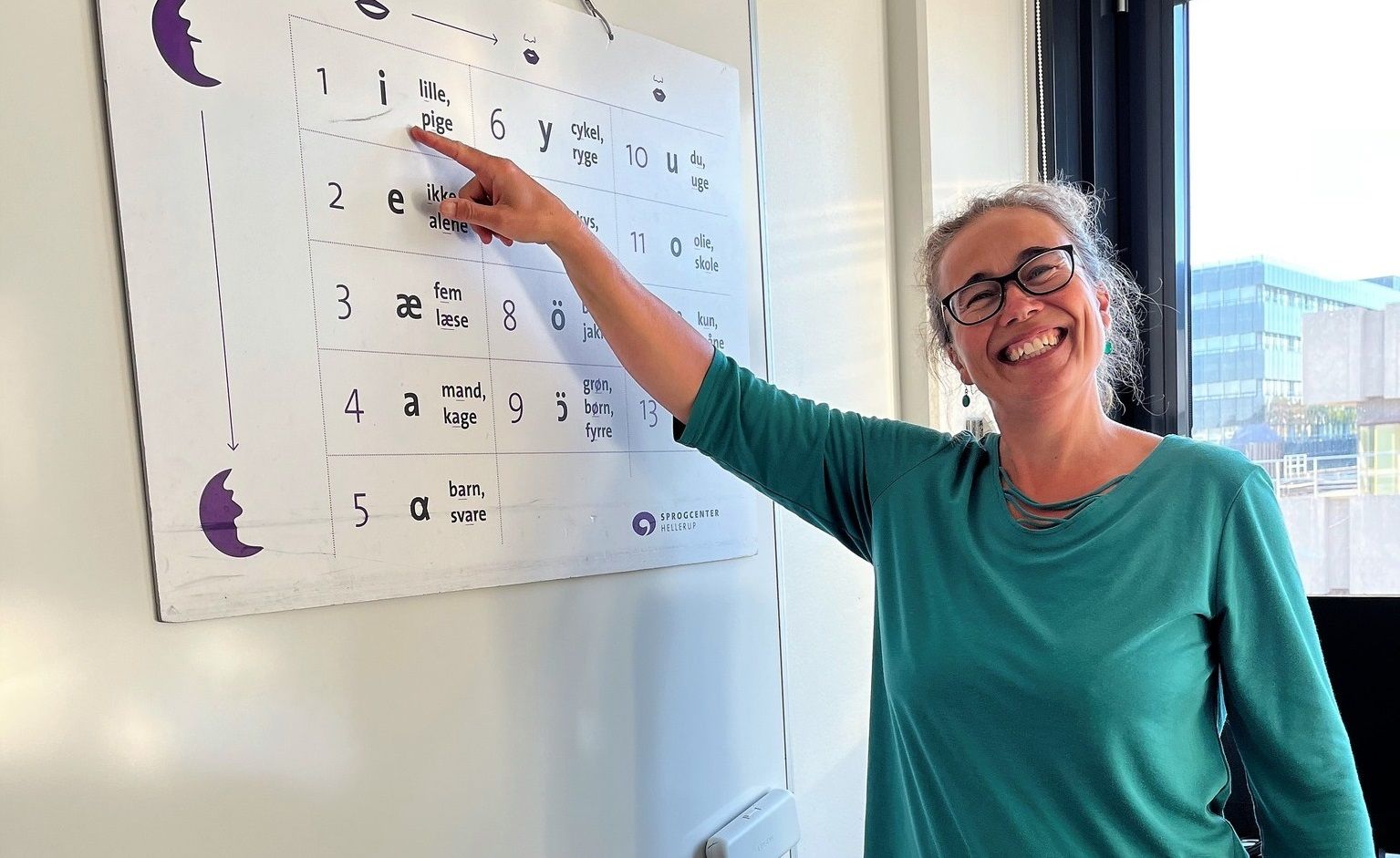Learning Danish might seem like a challenge, but it’s an enriching journey filled with opportunities. Even Scandinavians find it tricky, so if you’re a non-Nordic, you’re not alone!
They say language learning works best when you’re immersed in the culture, and a journey to learning Danish can offer many opportunities to integrate into Danish society through new friendships.
Danish has its quirks, especially with spoken and written differences and a multitude of vowel sounds. Words might seem to vanish, making it a bit overwhelming. To tackle this, many choose the formal Danish class route, seeking guidance from professionals to make sense of the tricky distinctions.
If you dream of settling in Denmark, knowing Danish is a must for certain residency permits – but finding the right Danish language course isn’t always easy.
This guide, based on firsthand experiences of Danish classes, is designed to act as an overview to help you on your language learning and residency journey.
Language Requirements for Residency:
To navigate Danish residency, you need proficiency in Danish. Requirements vary, so keep an eye on the Danish Immigration Service’s website. The Danish language test, ‘Prøve i Dansk,’ has three levels—Level 1, Level 2, and Level 3. Each level is a stepping stone to proficiency, and your local municipality can guide you to the next test date.
Level 1 Test: Essential for beginners, especially for visas like family reunification.
Level 2 Test: A higher level, testing language and cultural understanding for permanent residency and citizenship.
Level 3 Test: The comprehensive test for citizenship, further education, or professional qualifications.
Where to Find a Danish Class:
Discovering Danish classes involves reaching out to municipal resources. Many municipalities offer free Danish lessons for residents over 18 with a CPR number. The process includes applying, getting a referral, and taking a structured course ending with an exam to showcase your skills.
Pros of State-Subsidised Danish Education Courses:
Free of Charge: No financial burden for eligible individuals.
Structured Curriculum: Follows a systematic approach catering to various education levels.
Referral System: Smoothly connects you with local Danish language schools.
Official Recognition: Completing the course often results in official acknowledgment of your language skills.
Cons of State-Subsidised Danish Education Courses:
Limited Availability: Slots may be limited, depending on the municipality.
Deposit Requirement: A small refundable deposit may be necessary.
Why Opt for Private Classes:
Flexibility: Classes cater to your schedule and pace.
Customized Learning: Content tailored to your interests and goals.
No Eligibility Criteria: Accessible to anyone, transcending residency constraints.
Possibly Faster Progress: One-on-one attention accelerates your language journey.
List of Language Schools in Copenhagen:
Studieskolen: In Vesterbro, Copenhagen, offering over 45 years of teaching experience, providing both free Danish education and private courses.
Speak School of Danish: Based in Greater Copenhagen, offering accredited courses from beginners to advanced levels. Evening and weekend courses are available.
UCplus: One of Denmark’s largest language schools, providing Danish education courses in person and online.
Berlitz Denmark: Focused on social integration, offering Danish language courses for adults.
Clavis: A nationwide language school offering flexible and high-quality Danish education for adult foreigners, available during the daytime, evening, weekends, and online.













